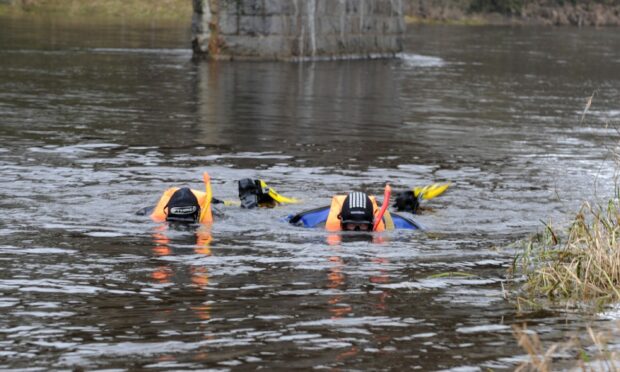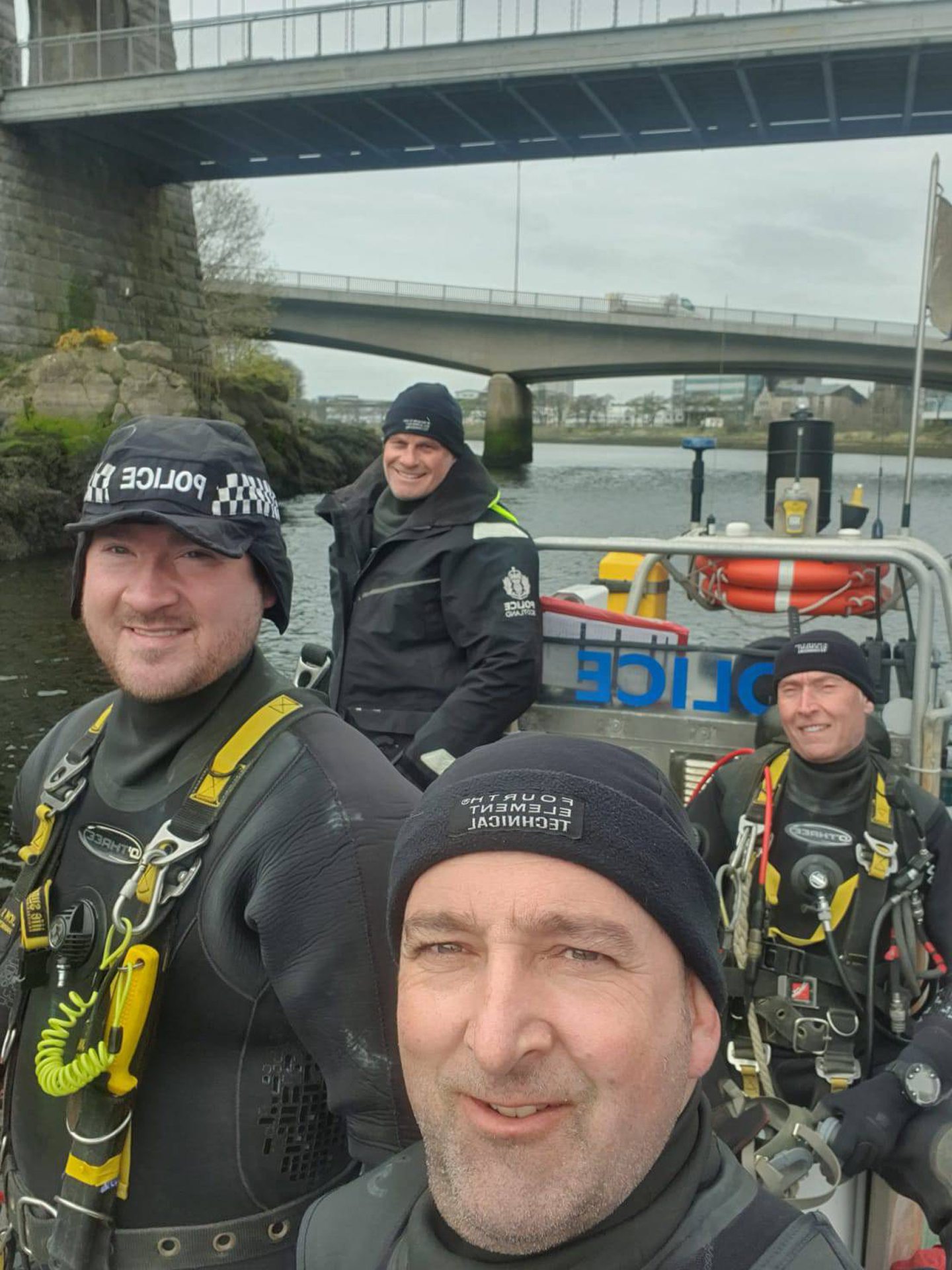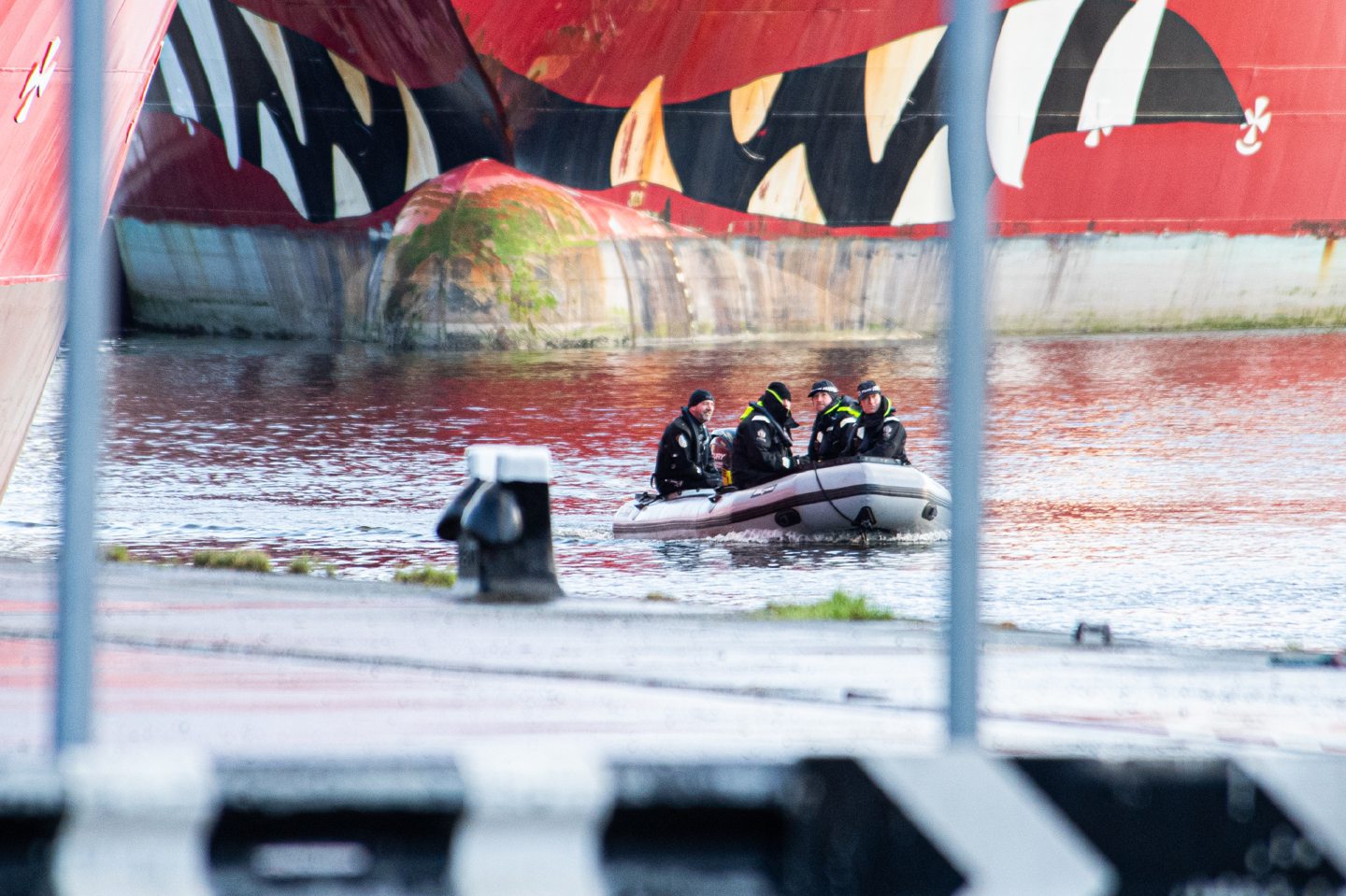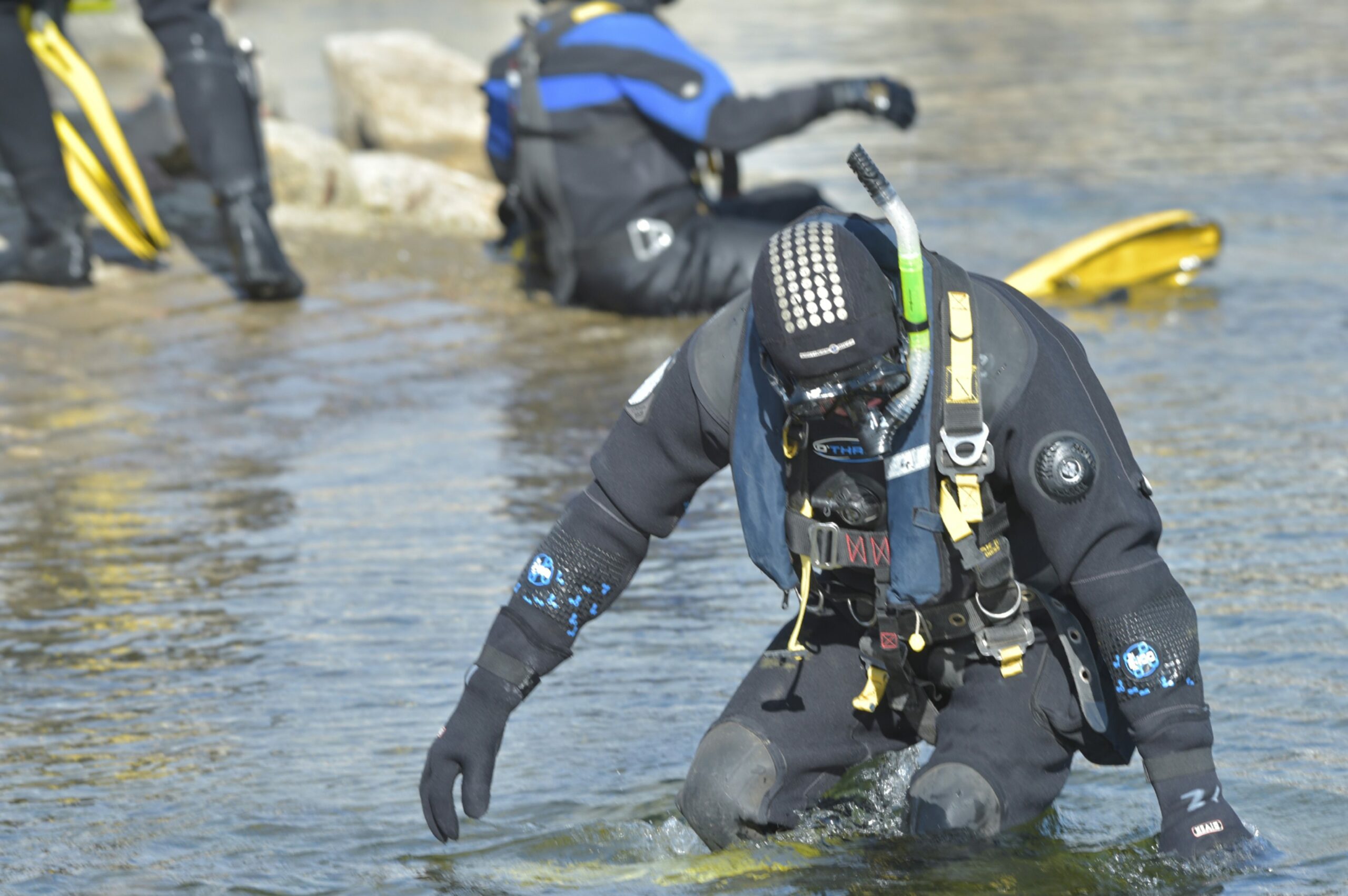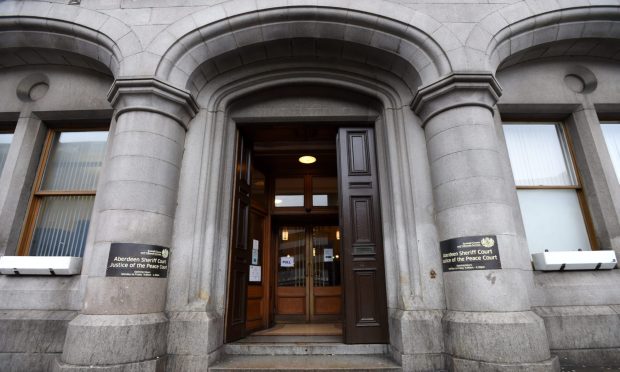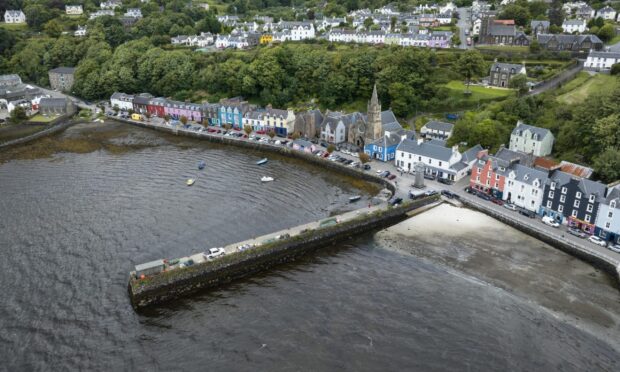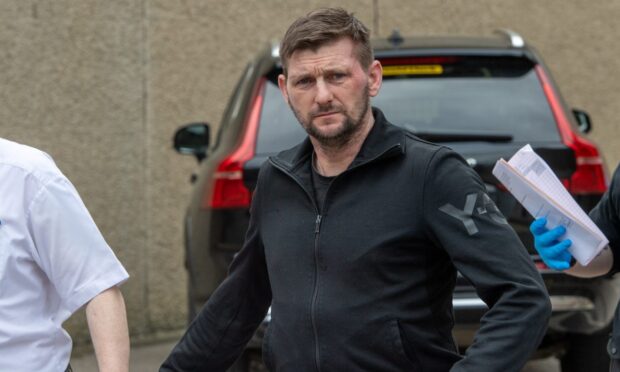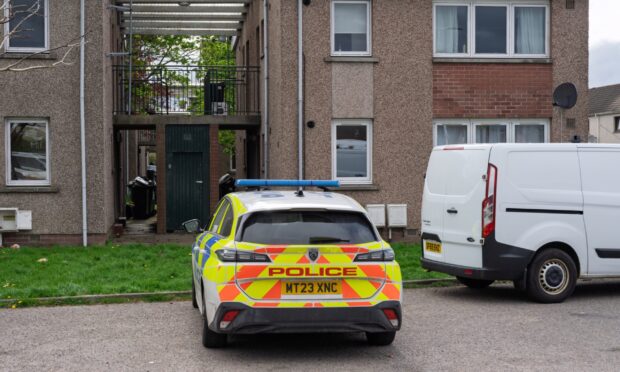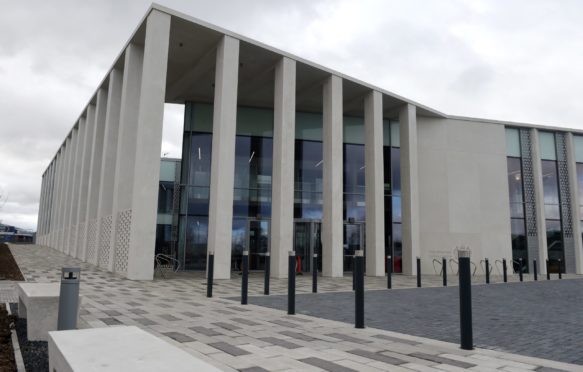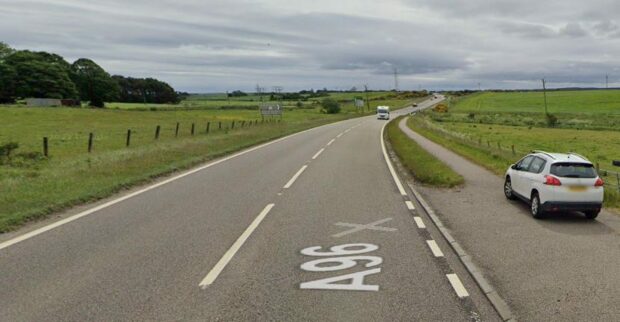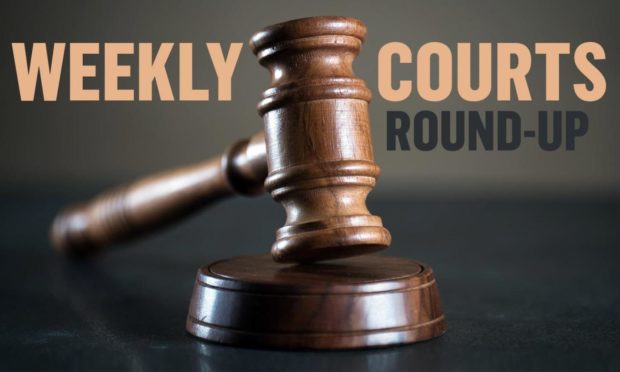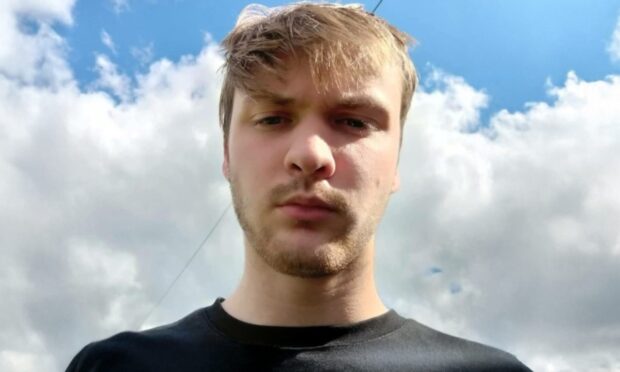For more than 55 years, specialist divers have been a key resource for the police force, helping in a huge variety of cases and water conditions.
Grampian Police Underwater Search Unit was first founded by William McGregor Smith in 1964 under Aberdeen City Police.
Seven constables were initially selected and were trained by Royal Navy Divers from HMS Condor at Arbroath.
The unit was used variously from that time forward and since then it has developed as a recognised and valuable force resource.
In 2013, when Police Scotland was formed, Aberdeen retained a diving presence, with five full-time and five part-time divers. There is also a Dive and Marine Unit based in the west at Greenock, which has 10 full-time divers.
Our team has the remit for police diving operations within parts of the former Tayside Police and Northern Constabulary regions, including the northern isles of Orkney and Shetland.
Tools and technology
The kind of duties we can expect to be called out to include river and sea searches for missing people, recovery of stolen property, and locating and recovering stolen vehicles, weapons and drugs.
We have an array of tools and technology at our disposal, including a remotely-operated underwater vehicle (ROV) kitted out with sonar and cameras and a diving Rib boat with side-scan sonar technology.
In addition to the main Rib we also have several smaller Zodiac boats for sea and river work. We even use kayaks for some jobs, where it is impractical to launch our larger boats.
Our divers are additionally trained in confined space searching and counter-terrorist search techniques and have been involved in security searches inside sewers and on the hulls of seaborne vessels.
Means of communication
A minimum of five divers is required to run an operational dive.
This is made up of the supervisor, who is in charge of the dive and dive site, the diver and divers attendant and the standby/rescue diver and attendant.
All police diving is governed by diving at work regulations and as such we are limited to a working depth of 50 metres.
Police divers are always in contact with the surface team by means of through water or hard wire communication systems.
Should either of these means of communication fail, they have the additional means of communication known as lifeline signals. Lifeline signals are a series of recognised slow and quick pulls on the diver’s lifeline/umbilical line attached to them and held by their surface attendant.
Diving conditions
Generally speaking, diving duties are undertaken in water which is polluted and with very limited or no visibility. Most dives are carried out by the diver working in zero visibility.
The result is that the divers revert to search patterns using ropes and weights. The rope is weighted to the sea or river bed and they swim along it letting it run through their fingers, searching the area purely by touch, as they cannot see anything at all.
The unit trains weekly with dives ranging from deep freshwater quarries and rivers to open water sea dives and working in at cliff faces.
This may sound like quite an unpleasant way of doing the job, and it is, but with regular training in these environments we maintain the skill and confidence level required and it becomes second nature. That said, a diver must always guard against complacency setting in.
This is a very brief insight into our unit and what we do.
You can see regular updates on our Divisional Facebook page and Twitter.
